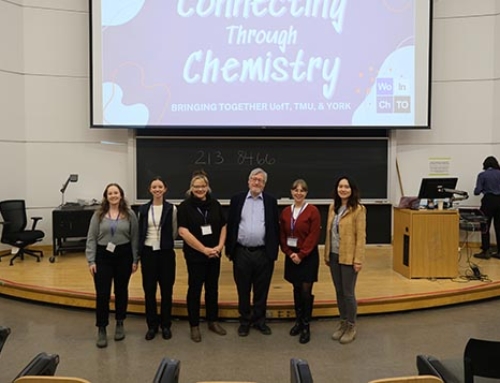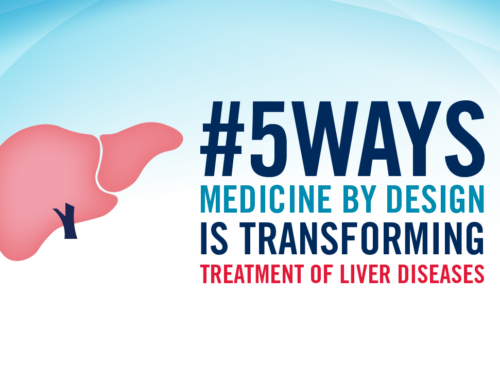
Ike Okafor, a senior officer for Service Learning and Diversity Outreach in the Temerty Faculty of Medicine’s Office of Inclusion and Diversity, leads the Research Application Support Initiative (RASI). (Photo by Nick Iwanyshyn)
Medicine by Design is launching a Summer Student Research Program for students from underrepresented communities in collaboration with the University of Toronto’s Research Application Support Initiative (RASI).
RASI, which is part of the Community of Support program at the Temerty Faculty of Medicine, is dedicated to helping students at various stages of research interest or experience.
“This program fully funds summer positions in Medicine by Design labs for students who may not have the same access to opportunities as their peers,” says Michael Sefton, who is the executive director of Medicine by Design and a University Professor at the Institute of Biomedical Engineering and the Department of Chemical Engineering & Applied Chemistry, University of Toronto (U of T). “Not only does the student get valuable access to mentorship and research experience, the lab benefits from having an additional team member over the summer months.”
This partnership is part of Medicine by Design’s commitment both to equity, diversity and inclusion (EDI) and to supporting the next generation of researchers.
In this partnership, which begins in summer 2022, Medicine by Design will fund up to 10 RASI studentships in the amount of $10,000 each for positions in Medicine by Design labs. RASI will promote the available positions to its pool of students, and Medicine by Design investigators will have the opportunity to interview any students who are interested.
“The RASI program levels the playing field by providing mentorship and research opportunities to students who are strong academic scholars with promising potential for research, who face barriers in accessing research positions,” says Ike Okafor, a senior officer for Service Learning and Diversity Outreach in the Temerty Faculty of Medicine’s Office of Inclusion and Diversity. “We’re excited to partner with Medicine by Design, who will provide valuable opportunities for these students within their research community.”
Okafor, who leads the Community of Support, adds, “This initiative is just one part of the Community of Support’s larger goal to increase diversity in healthcare and research by supporting students who face systemic barriers.”
Nicole Kaniki, who is the director of Diversity, Equity and Inclusion (EDI) in Research and Innovation at University of Toronto, says this partnership is a positive step toward U of T’s goal of ensuring continued research excellence through inclusive, supportive and diverse environments that attract the best and brightest talent.
“This partnership gives RASI students the opportunity to work in world-class regenerative medicine labs funded by Medicine by Design, and builds their skills and research experience in a supportive environment to set them on a path for career success,” Kaniki says. “This initiative puts into action the Medicine by Design and institutional commitments to removing barriers for those historically excluded and contributes to the next generation of research excellence in medicine and research in the future.”
About Medicine by Design
Medicine by Design builds on decades of made-in-Canada excellence in regenerative medicine dating back to the discovery of stem cells in the early 1960s by Toronto researchers James Till and Dr. Ernest McCulloch. Regenerative medicine uses stem cells to replace diseased tissues and organs, creating therapies in which cells are the biological product. It can also mean triggering stem cells that are already present in the human body to repair damaged tissues or to modulate immune responses. Increasingly, regenerative medicine researchers are using a stem cell lens to identify critical interactions or defects that prepare the ground for disease, paving the way for new approaches to preventing disease before it starts. Medicine by Design is made possible thanks in part to a $114-million grant from the Canada First Research Excellence Fund.






